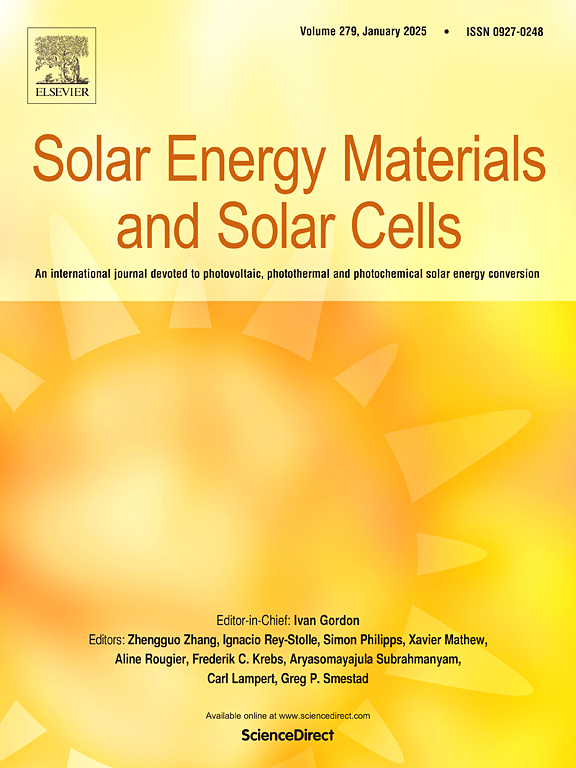High-performance PMMA based solvent-free solid transparent polymer electrolyte modified by succinonitrile for electrochromic devices
IF 6.3
2区 材料科学
Q2 ENERGY & FUELS
引用次数: 0
Abstract
To address the issues of the gel polymer electrolytes caused by solvents, like Propylene Carbonate (pc) and Ethylene Carbonate (ec), regarding cycling stability and safety, we prepared solvent-free PMMA-based solid polymer electrolytes using succinonitrile as a plasticizer (SN-PMMA) through the blade coating method. The mechanism of SN additives on dissociation of LiClO4 and electrochemical properties was characterized using Fourier transform infrared spectroscopy, electrochemical impedance spectroscopy, and other structural investigation methods. The results indicated that SN is distributed uniformly in the PMMA matrix with high additive concentrations, and the nitrile group, which possesses strong polarity, effectively promoted the dissociation of lithium salt. The solvent-free SN-PMMA exhibits excellent ionic conductivity of 0.58 mS cm-1 and good thermal stability. The solid Electrochromic devices (ECDs) prepared with SN-PMMA and WO3 via thermal laminating process maintain 90.8 % modulation amplitude after 500 cycles, as well as good electrochromic performance, where the optical modulation amplitude is 62.1 % at λ = 633 nm, the coloring efficiency is 53.77 cm2 C-1, and the response time is 23.8 s/38.1 s for bleaching/coloration, respectively. These findings confirm the feasibility of using SN as a substitute for traditional solvents and provide a new pathway for developing solid-state polymer electrolytes with enhanced safety and superior electrochemical performance.
求助全文
约1分钟内获得全文
求助全文
来源期刊

Solar Energy Materials and Solar Cells
工程技术-材料科学:综合
CiteScore
12.60
自引率
11.60%
发文量
513
审稿时长
47 days
期刊介绍:
Solar Energy Materials & Solar Cells is intended as a vehicle for the dissemination of research results on materials science and technology related to photovoltaic, photothermal and photoelectrochemical solar energy conversion. Materials science is taken in the broadest possible sense and encompasses physics, chemistry, optics, materials fabrication and analysis for all types of materials.
 求助内容:
求助内容: 应助结果提醒方式:
应助结果提醒方式:


